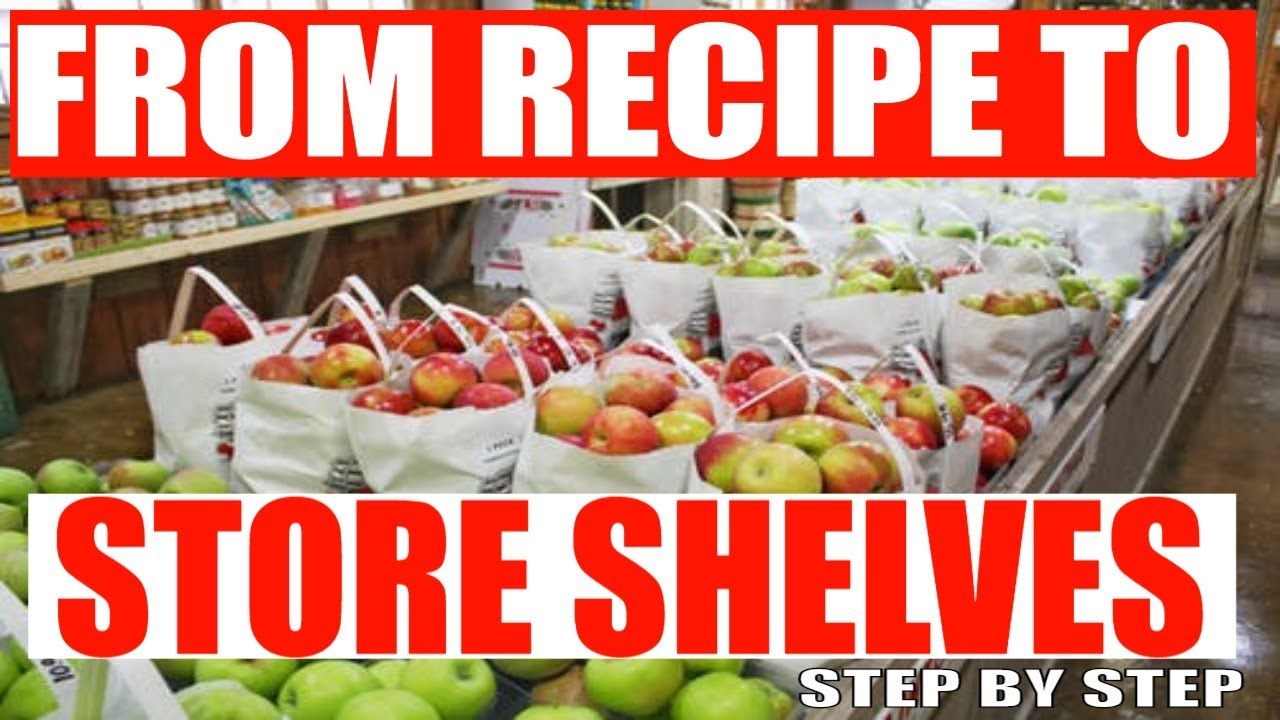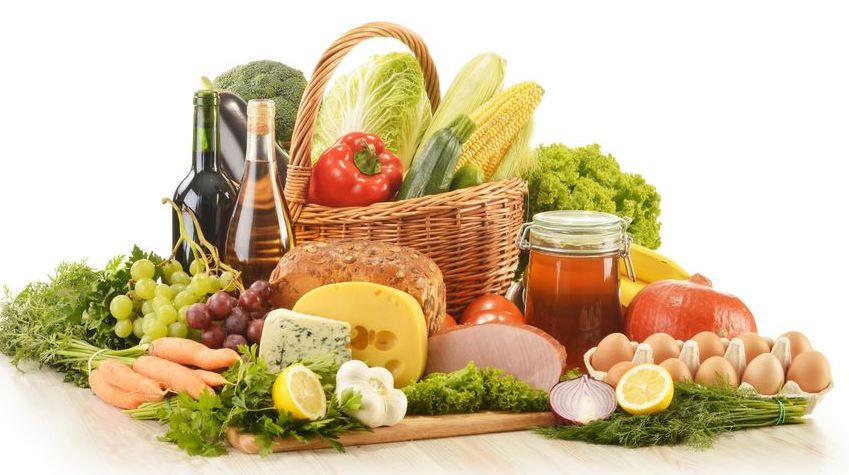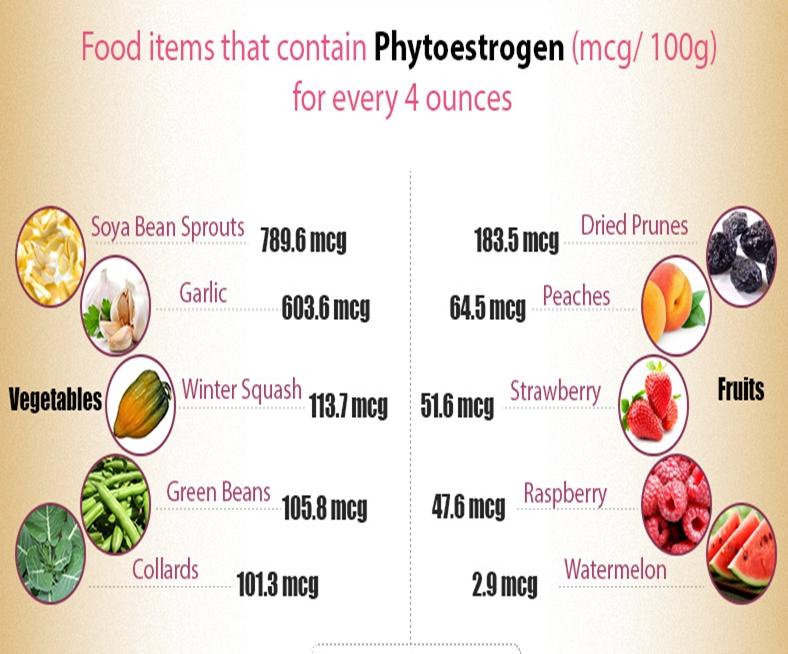Conduct Market Research:

Identify Your Target Market: Understand the consumer preferences, dietary habits, and lifestyle trends of your target audience.

Analyze Competitors: Evaluate existing food products in the market, their pricing, packaging, and marketing strategies.

Identify Market Opportunities: Look for gaps in the market or emerging trends that your food product can fill.
Develop a Unique Selling Proposition (USP):
Define Your Product’s Benefits: Clearly articulate the advantages and unique features of your food product.
Differentiate Your Product: Highlight what sets your product apart from competitors and why consumers should choose it.
Create a Compelling Product:
Formulate the Product: Ensure the taste, texture, and nutritional value of your food product meet consumer expectations.
Choose High-Quality Ingredients: Use premium ingredients to create a product that delivers on flavor and quality.
Customize Packaging: Design packaging that is visually appealing, informative, and aligns with your brand identity.
Develop a Strong Brand Identity:
Craft a Brand Story: Create a compelling narrative that connects with consumers on an emotional level.
Design a Logo and Branding Elements: Develop a distinctive logo, color palette, and typography that represents your brand values.
Establish Brand Messaging: Create clear and consistent messaging that effectively communicates your brand’s personality and values.
Set Competitive Pricing:
Understand Cost of Goods: Calculate the cost of ingredients, production, packaging, and other expenses to determine an appropriate selling price.
Research Competitor Pricing: Analyze the pricing strategies of competitors to ensure your product is competitively priced.
Consider Perceived Value: Ensure the perceived value of your product justifies its price point.
Choose the Right Distribution Channels:
Wholesale Distribution: Sell your product to grocery stores, restaurants, and other retail outlets.
Direct-to-Consumer Sales: Use e-commerce platforms or your own website to sell directly to consumers.
Combination of Channels: Consider a mix of wholesale and direct-to-consumer sales to reach a broader customer base.
Implement a Marketing and Sales Strategy:
Create a Marketing Plan: Develop a comprehensive marketing plan that includes advertising, public relations, social media marketing, and in-store promotions.
Generate Awareness: Use various marketing channels to create awareness about your food product and generate consumer interest.
стимулирование Demand: Offer discounts, coupons, or loyalty programs to incentivize purchases and increase sales.
Monitor and Adjust:
Track Sales Performance: Monitor sales data to understand consumer preferences, identify trends, and evaluate the effectiveness of your marketing and sales strategies.
Make Adjustments: Based on sales data and customer feedback, make necessary adjustments to your product, pricing, distribution channels, or marketing strategy.
How To Sell A Food Product











